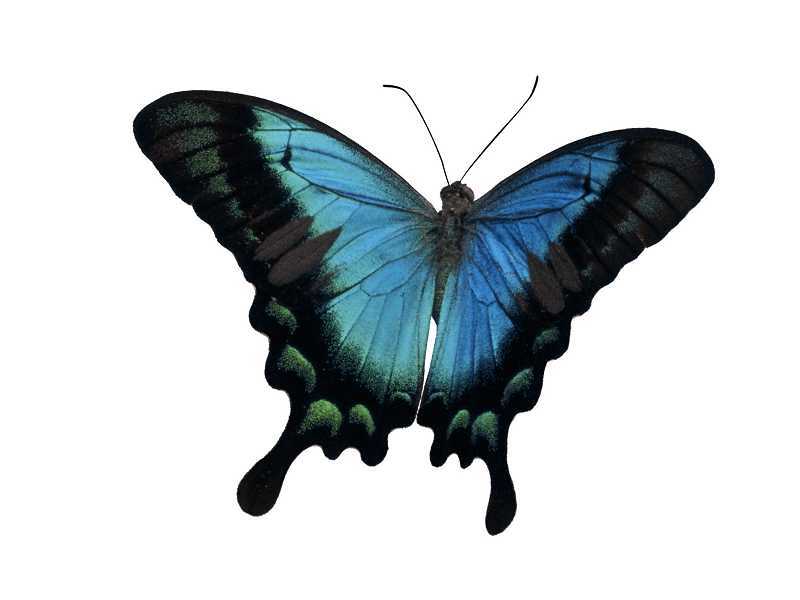|
www.MooreWallpaper.com Tell your friends about us, e-mail them! |
|
Large Blue Butterflies Large blue butterflies belong to the genus Maculinea and are members of the large butterfly family Lycaenidae. Many butterflies in this family have some sort of association with ants. Large blue butterflies have an unusual life cycle in which most of their larval life is spent as parasites inside ant nests. All large blue butterflies are rare because of this interaction with ants. There are several species of Large blue butterflies in Europe and Northern Asia The Aarhus is the Alcon blue (Maculinea alcon) is just one of the large blue butterflies.The Alcon blue is a member of the family of butterflies called the Lycaenidae. This family includes the blues, coppers and hairstreaks.The lycaenidae is one of the largest butterfly families. One reason for the success of this family of butterflies is that their caterpillars and pupae often have some sort of association with ants. Most of the lycaenidae that associate with ants have a mutualistic relationship with them. However the Alcon blue and other large blue butterflies (butterflies in the genus Maculinea) are parasites of ant colonies The Marsh Gentian is now quite rare throughout Europe, and is considered endangered in several countries. It grows on wet heathlands. Large blue butterflies are unusual in that their caterpillars hatch through the base of the egg and burrow straight into the flower head. Inside the flower head the caterpillar will develop through the first three instars in about two weeks. The caterpillar feeds on the flower tissue and developing seeds during this time The newly-moulted caterpillar chews a hole in the flower-head from the inside out and crawls outside. Several caterpillars can develop in and emerge from the same gentian flower. The caterpillar then crawls onto the bracts of the flower, or onto the leaves of the gentian, and lowers itself to the ground on a silken thread. If the caterpillar is discovered by a red ant (an ant in the genus Myrmica), then it will go through a process known as adoption. If any other type of ant discovers the caterpillar, however, it will be treated like any other caterpillar, which usually means being eaten. During the adoption procedure, a Myrmica ant will touch the caterpillar all over with her antennae. During this time the caterpillar may secrete a droplet of a sweet secretion from a special gland on its back, which the ant drinks. After a while the caterpillar will flatten the rear or middle of its body, and the ant will pick the caterpillar up and carry it away. The ant will carry the caterpillar back to the ant nest and place it among the ant larvae. Once inside the ant nest, the caterpillars are fed by the ants much as if they were their own larvae. Worker ants regurgitate liquid food that the caterpillars drink. The ants seem to prefer feeding caterpillars to feeding their own larvae, so that fewer ant larvae can develop. In the laboratory the caterpillars will also eat ant larvae directly, and this probably also happens in nature (some other large blue butterflies live entirely by eating ant brood when they are inside the ant nest). Although caterpillars will be adopted by any Myrmica ant species that finds them, they are only seem able to survive in the nests of one or two species of ant. The Alcon blue is unusual among the large blue butterflies in that the species of ant in the nests of which it can survive is different in different parts of Europe. If caterpillars are adopted into a nest of the right species of ant they will grow rapidly, increasing in weight about 100 times in their first month in the nest. They will stay in the nest throughout the autumn, winter and spring, and will turn into pupae in the early summer. The caterpillars pupate inside the ant nest, and the ants continue to look after the pupae. The pupae are initially very light coloured, but become darker as the time for the adults to emerge approaches. Both light and dark pupae can be seen. Just before the adult emerges the wings of the butterfly inside the pupal case detach from the case, and the pupa becomes silvery. The adult butterfly emerges from the pupa after 3-4 weeks, still inside the ant nest. The butterfly must crawl out of the ant nest before it can expand its wings. At this stage the ants will sometimes attack the adult, so it is covered in very loose hair-like scales. If an ant tries to bite the butterfly it will only get a mouthful of scales. Once outside the nest, the butterfly will expand its wings fully.
|
www.MooreWallpaper.com Add our site to your 'Favorites' list now!
![]()
![]() (Website
design by Craig Moore, London, England)
(Website
design by Craig Moore, London, England)
 <
<